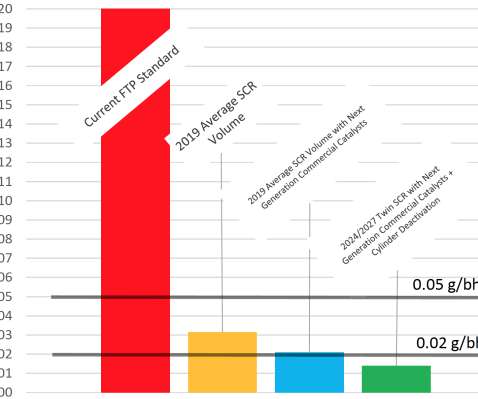CALSTART white paper shows nationwide tech supplier industry ready to support more efficient heavy-duty trucks and buses
Green Car Congress
AUGUST 12, 2016
A new high-level white-paper from clean transportation industry group CALSTART shows that US companies that develop and manufacture high-efficiency, low-carbon technologies for heavy-duty vehicles are ready to support more efficient trucks and buses. This white paper just scratches the surface of that capability.














Let's personalize your content